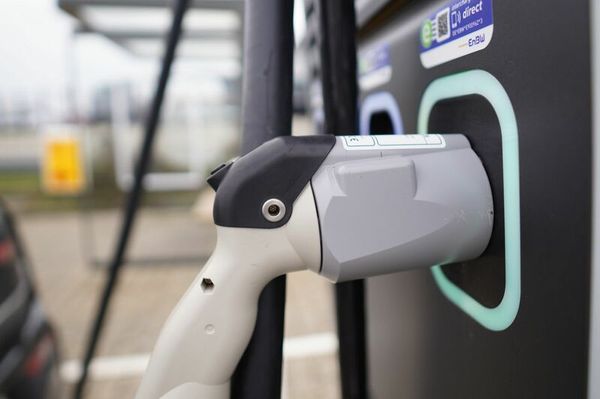
Once again, it’s time to look at where television technology will take us in 2024.
It’s hard to believe that it is once again time to dust off the cobwebs from the crystal ball and make my Top 10 predictions for television technology-related developments in 2024.
Fair warning: My crystal ball is as clear as yours. So, the following is really based on the conversations I’ve had, stories I have written, the stories from others and a bit of noodling on my part to develop the list.
In no particular order, here it is. For those reading online, I’ve added links to many to help you understand how I have arrived at these prognostications. Enjoy.
- It will be go-time and “oh-no” time for 3.0 data delivery. Broadcasters like Sinclair and Nexus Connect (ARK Multicasting and Gaian Solutions) will earn revenue via 3.0-based data delivery. At the same time, Starlink Direct, in combination with T-Mobile, will launch with a 2025 target on the IOT market, a business segment 3.0 datacasting advocates have long coveted.
- Data security will take center stage as AI and quantum computing threaten the security of existing encryption standards, leading broadcasters, especially those previously burned by data breaches, ransomware attacks and other digital dirty doings, to redouble IP security efforts and seek new technology and mechanisms to protect their valuable content assets.
- Free OTA and FAST channel audience size will grow. Inflation pressure continues to motivate consumers to economize as SVOD streaming and traditional pay-TV increasingly come into the crosshairs of consumers looking to cut household spending. Many will stream ad-supported TV; others will rediscover the TV antenna; and some will do both.
- Most of the public in the United States will remain clueless about NextGen TV.
- Hybrid workflows will continue to grow among broadcasters as many look to squeeze maximum value from existing baseband infrastructure and investment while enhancing their workflows with AI, ML and the cloud.
- TV broadcasters will face a tougher, two-front battle for political advertising dollars as campaigns step up their use of highly targeted ads—even at the neighborhood or household level—with increased spending on digital and Connected TV ads.
- Additional 3.0 sticks will light up in markets currently with only one lighthouse as TV industry, government or a combination of the two address the voluntary transition logjam, enabling broadcasters to begin exploring the fuller potential of the standard.
- The number of large OB production trucks at individual events will continue to decline as technology and workflow developments reduce concerns about IP network latency.
- A few broadcasters in markets with various large ethnic communities will combine the power of AI and the availability of multiple NextGen TV audio channels to hyperlocalize newscasts and other programming by translating shows in near-real time to better serve their diverse audiences. The same combination could drive language-specific broadcast emergency warnings.
- Sustainability—i.e. energy conservation and lower carbon emissions—commitments in the U.S. among broadcasters and society at large will waver, as clean, boundless fusion-generated electricity looks closer than ever. Commonwealth Fusion Systems expects to feed electricity from a commercial fusion power plant into the grid in the early 2030s.










